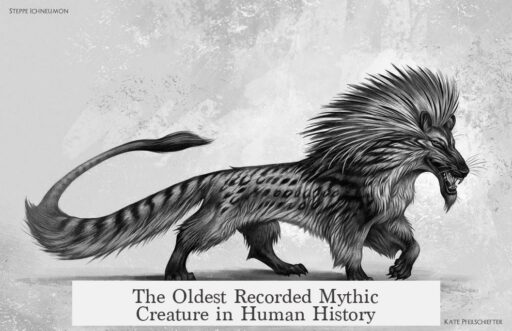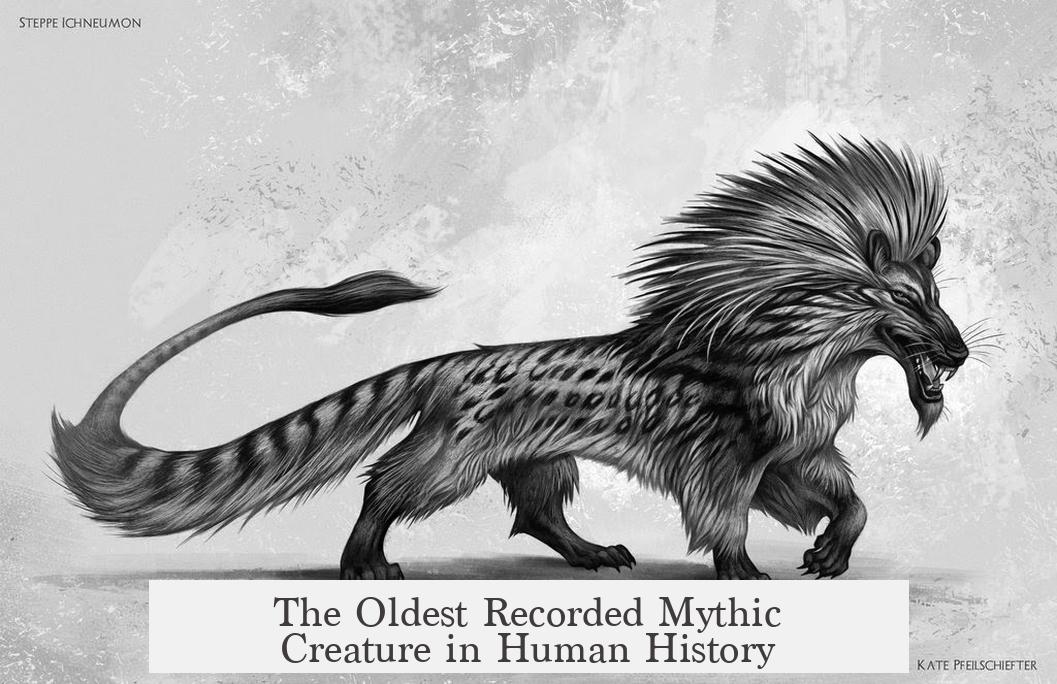The oldest mythic creature recorded is the Lion Man of Hohlenstein Stadel, an ivory carving from Germany dating back about 40,000 years to the early Upper Paleolithic period. This artifact shows a hybrid form combining human and lion features, marking an early example of symbolic artistry and mythic representation.
This creature’s depiction reveals that humans at that time engaged in symbolic and abstract thought. Such cognitive abilities are believed to have emerged around 50,000 years ago, coinciding with the rise of modern human cognition. Artworks like the Lion Man demonstrate the capacity for imaginative, myth-influenced creations during this era.
Most Paleolithic art focuses on realistic portrayals of animals. Yet, the Lion Man stands out as a unique example of anthropomorphic or mythic imagery. It suggests early humans conceived beings not found in nature but born from blending human and animal traits, which points to mythmaking and storytelling traditions in prehistoric times.
Earlier periods likely lacked symbolic and abstract cognition needed to create such mythic figures. Without the cognitive evolution seen in the Upper Paleolithic, art and mythic constructs from previous eras either did not exist or did not survive. Thus, the Lion Man is not only the oldest mythic artifact known but also a marker for cognitive and cultural advancement in human history.
- The Lion Man dates to about 40,000 years ago and is made from mammoth ivory.
- It merges human and lion features, representing one of the earliest mythic figures.
- Its creation reflects the emergence of symbolic thought and abstract representation.
- Earlier prehistoric periods show little evidence of mythic creatures due to cognitive limitations.
- This figure emphasizes the importance of mythology in early human culture and art.



